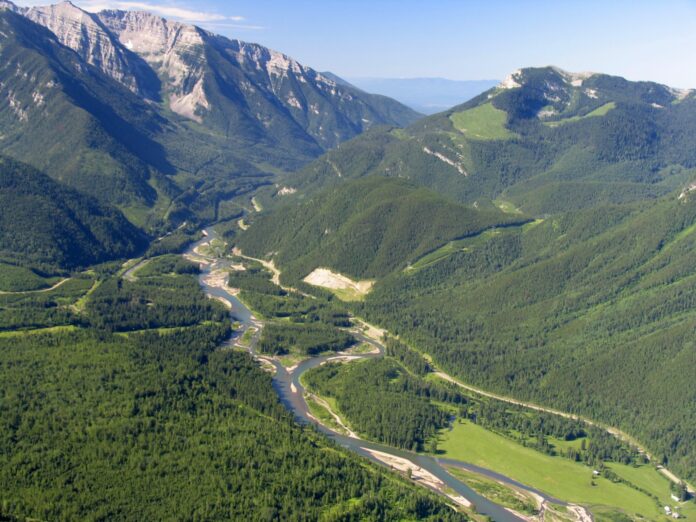The Canadian and United States governments have agreed to a referral to the International Joint Commission (IJC) regarding water pollution in the Elk-Kootenay watershed.
Federal government officials said the joint reference will request the IJC create a formal governance structure between federal and Indigenous governments, British Columbia, Idaho and Montana by June 30, 2024.
This governing body will aim to co-develop action plans for the future.
“Considering the particular complexity of pollution concerns in this watershed, Canada and the United States have also asked the IJC to establish a two-year Study Board to convene experts and knowledge holders to conduct transparent and coordinated transboundary data and knowledge sharing,” said federal officials.
The Canadian Government said actions from this committee will respond to several concerns:
- Gaining a common understanding of pollutants in the Elk-Kootenay watershed.
- Establishing mechanisms for transboundary data, information, and Indigenous knowledge sharing, science and monitoring, assessments of aquatic ecosystem health, and transparent progress reporting.
- Understanding and taking steps to reduce and mitigate the impacts of pollution.
“Our two countries are committed to a collaborative, science and Indigenous knowledge-based, action-oriented path forward,” said the Canadian Government. “Complementing additional efforts currently underway throughout the Elk-Kootenay watershed, and together with the IJC and our partners in the region, Canada and the United States welcome the opportunity to further our collaboration on this important work.”
In a joint statement from several ministers in the B.C. government, they said water treatment capacity in the Elk Valley is set to increase in the years ahead.
“To date, more than $1.4 billion has been invested in implementing the Elk Valley Water Quality Plan, with continued significant investments planned that will roughly double the amount of water-treatment capacity in the Elk Valley by the end of 2027,” said the statement. “Through our regulatory activities, we continue to undertake and oversee projects to improve and protect water quality in the Elk-Kootenay/Kootenai watershed.”
The statement comes from George Heyman, Minister of Environment and Climate Change Strategy; Josie Osborne, Minister of Energy, Mines and Low Carbon Innovation; Murray Rankin, Minister of Indigenous Relations and Reconciliation; and Nathan Cullen, Minister of Water, Land and Resource Stewardship.
The ministers’ written comments said the B.C. government supports the commitment from Prime Minister Justin Trudeau and President Joe Biden, which was originally made in March 2023.
“We welcome the joint statement today by the Canadian and American ambassadors that acknowledges the particular complexity of pollution concerns in this watershed and asks the International Joint Commission to convene experts and knowledge holders to conduct transparent and coordinated transboundary data and knowledge sharing,” said the statement.
The statement adds the B.C. is willing to commit to the IJC referral as well.
“In its proposed role as a neutral facilitator, the International Joint Commission is uniquely positioned to assist in building crucial relationships and trust across this key international watershed. We look forward to collaborating with governments, First Nations and community partners, as we work together to accelerate our joint efforts to enhance and protect water quality in the Elk-Kootenay/Kootenai watershed.”
“We welcome the creation of a process that brings together representatives to share progress, validate issues and facts, and gather information in a way that is respectful and inclusive of Indigenous knowledge.
“We have been working with our partners to take a holistic view of this ecosystem and what we need to do to keep it safe. This includes working with First Nations, industry and local governments.
“We see this as an opportunity to build upon existing work and enhance information sharing and transparency to the benefit of the region’s people and ecologically responsible resource development.”




